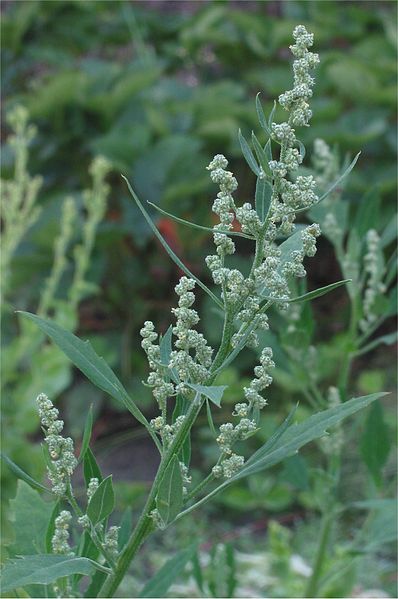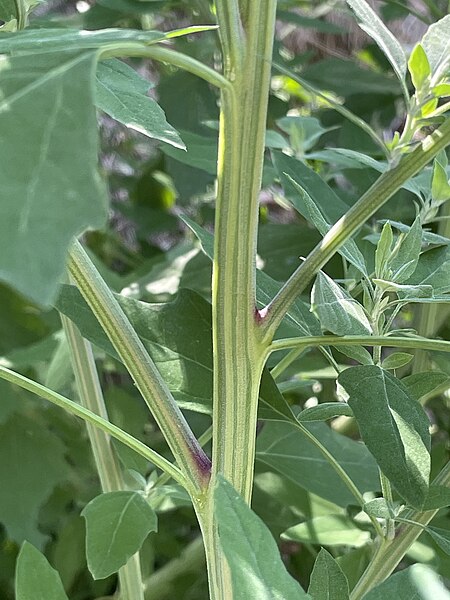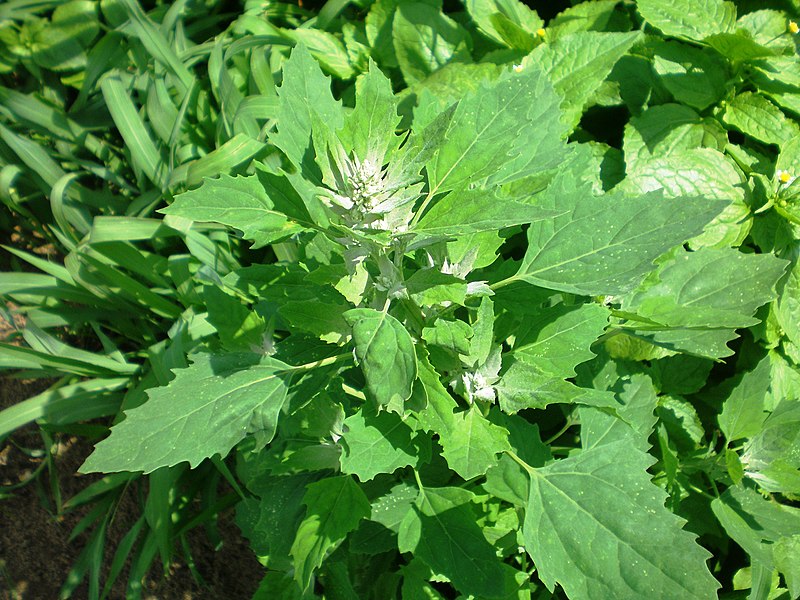Lamb’s Quarter Identification – Chenopodium album
Heads up
Lamb’s Quarter, scientifically known as Chenopodium album, is one of those plants that’s probably grown right under your nose without you even noticing. Part of the vast Amaranthaceae family, this plant has various names tied to its identity. Some folks might recognize it as Goosefoot, or even as Wild Spinach in certain parts.
Lamb’s Quarter: Key Parts in Photos




Where to find it
Now, if you’re wondering where to find this plant, it’s more common than you might think. It isn’t too choosy about its home. From backyard gardens to roadsides, and even uncultivated fields, this adaptable plant thrives in a variety of places. If you’ve ever walked past a plant with uniquely shaped leaves that remind you a bit of a goose’s foot, there’s a good chance you’ve just met Lamb’s Quarter.
How to identify Lamb’s Quarter
The leaves of the Lamb’s Quarter deserve a special mention. These are edible and hold significant value for many gardeners. The leaves can be goose-foot shaped, though they come in other forms as well, such as triangular or lance-like. Their edges can be smooth, with occasional teeth or even a wavy appearance. These leaves might sometimes boast tints of pink or purple, especially along the edges, giving them a touch of vibrancy. The plant is covered in tiny hairs which produce a white, powdery substance. It’s denser on the underside, making it seem lighter.
A closer look at the stem reveals more about its character. In its early days, the stem can be various shades like green, red, purple, or even tan. It’s smooth to touch but shows off striated patterns (lines that run along its length). It stands firm and has a certain angularity to it, adding to its robust nature.
Lamb’s Quarter flowers, though small (less than an inch in size), bloom in clusters, sometimes at the very tip of the plant, and are often wind-pollinated. Their colors vary from a light green hue to a delicate pink. Its fruits are capsules that are less than an inch in size. Each plant holds a large amount of seeds which are super tiny, and can be black, green, or brown in color.
Keep this handy guide in mind, and the next time you’re outdoors, see if you can spot this versatile plant. You might just realize it’s been your green neighbor for quite a while!
